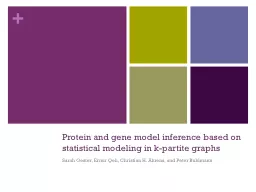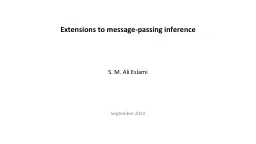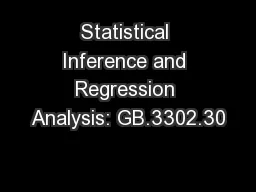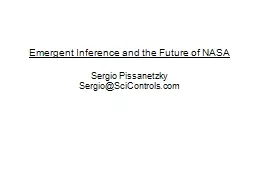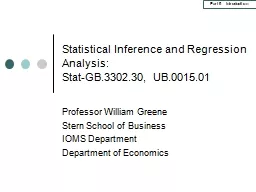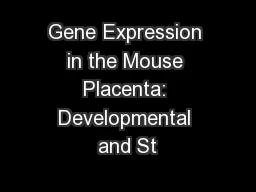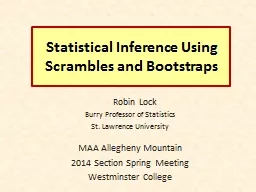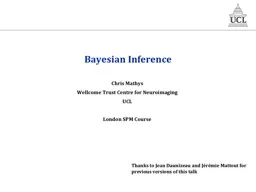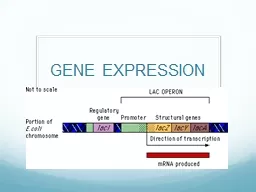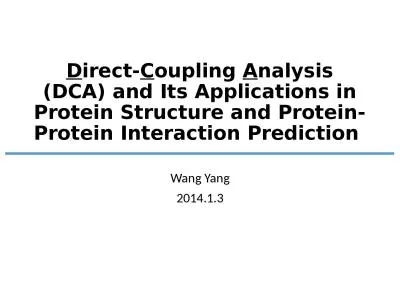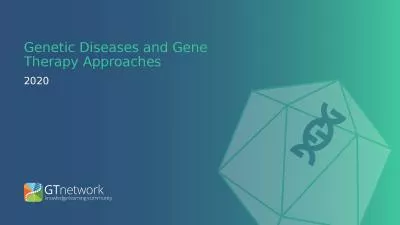PPT-Protein and gene model inference based on statistical model
Author : pamella-moone | Published Date : 2016-06-15
k partite graphs Sarah Gester Ermir Qeli Christian H Ahrens and Peter Buhlmann Problem Description Given peptides and scoresprobabilities infer the set of
Presentation Embed Code
Download Presentation
Download Presentation The PPT/PDF document "Protein and gene model inference based o..." is the property of its rightful owner. Permission is granted to download and print the materials on this website for personal, non-commercial use only, and to display it on your personal computer provided you do not modify the materials and that you retain all copyright notices contained in the materials. By downloading content from our website, you accept the terms of this agreement.
Protein and gene model inference based on statistical model: Transcript
Download Rules Of Document
"Protein and gene model inference based on statistical model"The content belongs to its owner. You may download and print it for personal use, without modification, and keep all copyright notices. By downloading, you agree to these terms.
Related Documents

